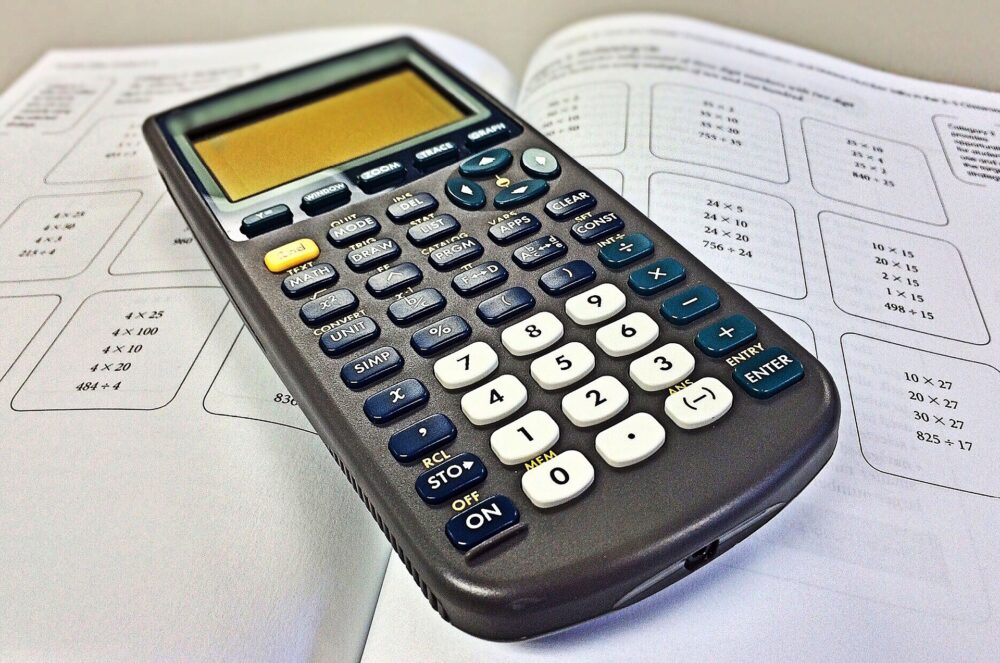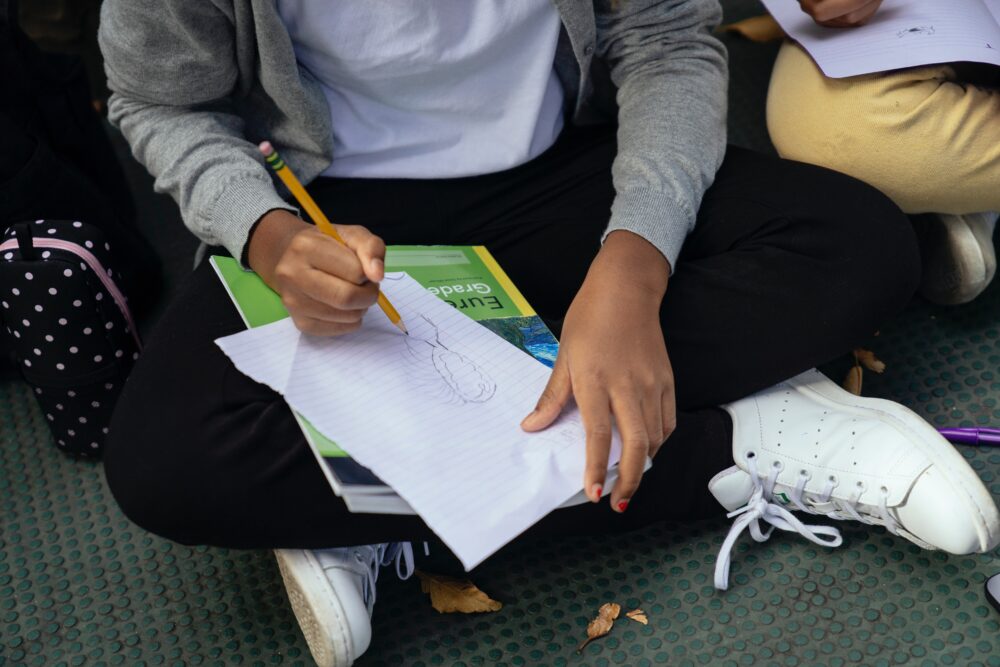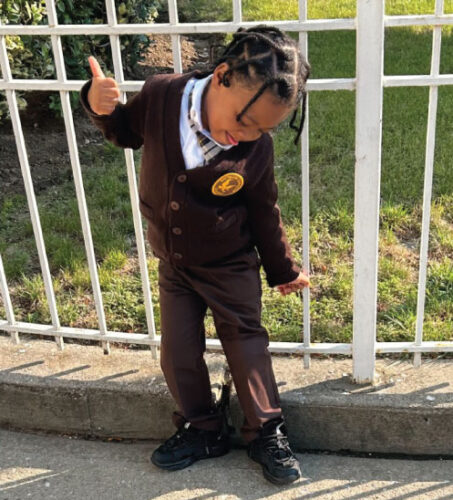And Miles to Go… Barriers to Academic Achievement and Innovative Strategies for the Delivery of Educational Services to Homeless Children
This 1991 report focuses on the educational needs of children experiencing homelessness in New York City; obstacles to obtaining schooling and available services; and innovative strategies for the delivery of educational services.

Part 1 of the report provides an overview of the educational needs of homeless children, including a summary of the research literature on educational problems that they confront; Federal, New York State, and New York City responses; and a critique of the extent to which these initiatives address students’ needs and barriers to services.
Part 2 focuses on field-based research to identify the obstacles to education confronting homeless children in New York City. Barriers were identified by 22 community school district coordinators for the education of homeless children and youth who participated in structured interviews. These coordinators were responsible for ensuring the education of about 2,991 student from 3,747 families residing in 56 emergency shelter facilities. Major findings include:
- Preschoolers are rarely placed in available programs;
- Kindergarten children are routinely denied access to schooling;
- Transfers of school records pose significant barriers;
- There are no systematic attendance outreach efforts for homeless children;
- Homeless children are not being admitted to their zoned schools; and
- Dropout services are rarely provided to homeless dropouts.


